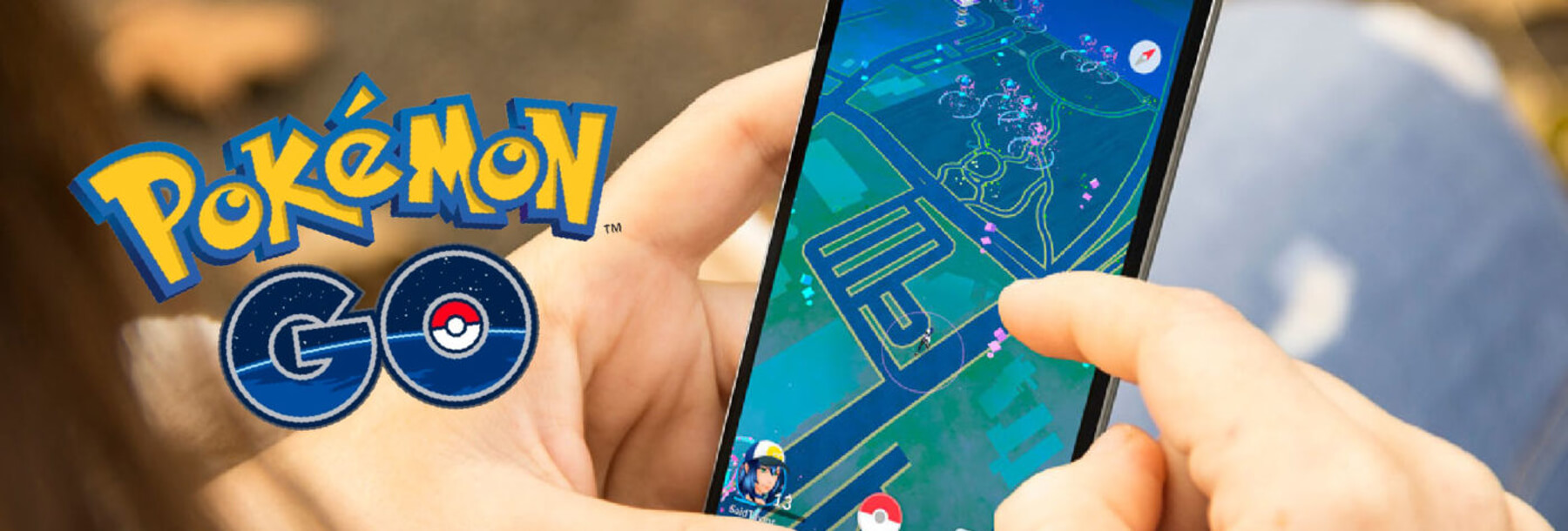Unless you’ve been living under a rock during the month of July, you’ve probably heard about the newest mobile gaming phenomenon: Pokémon GO. People of all ages are taking to the streets to hunt down Pokémon and become the very best.
As a millennial at the ripe old age of 25, the success of Pokémon GO has been a little surreal. I grew up watching the cartoon and have played every Pokémon game that Nintendo has released since its first generation in 1998. As the game’s primary audience grew up and the popularity among my age group waned, it still remained one of my (not-so-guilty) guilty pleasures. So, the massive success of Pokémon GO in the last couple of weeks has been a major surprise not only to me, but its developers. Less than a week after Pokémon GO was released in the U.S., they swapped out their “Our servers are experiencing issues” message to “Our servers are humbled by your incredible response.”
It’s 10-year-old-me’s dream come true to go on a hike to find a herd of Charmanders* at the top of the mountain, to walk to nearby Tempe Town Lake (Tempe, Arizona) to be met by crowds of fellow Pokémon Trainers* hoping to catch some water Pokémon, or meet a friend for lunch only to see a Snorlax* nearby and go on a hunt instead.

What makes Pokémon GO unique is that its key component is a concept based on exploring and traveling. To collect a variety of Pokémon, you’re required to physically move from area to area. It doesn’t work like a pedometer; it’s actually GPS-based, so there’s no cheating by hopping on a treadmill. Not only must you actually travel, you also must walk. The app stops recording your movement if you’re going too fast, so there’s no cheating by car. This has motivated players to get outdoors, exercise, and take part in a community, which is a significant step for a mobile game.
Of course, this real-life mobility aspect has led to some bad press for the app. Stories of people who risk being kidnapped or assaulted, carelessly walking off of cliffs, and finding dead bodies in the desert have been all over the internet. While these stories are true and should stand as a word of caution to players, they’re not a reflection of the game itself. The positive feedback from Pokémon GO has been immense and has developed incredibly quickly.
An animal shelter in Indiana asked players to walk shelter dogs while they’re out catching Pokémon and hatching eggs.* Barely an hour after they placed an ad on Facebook, lines of children and adults appeared at the shelter volunteering to walk the dogs. So far, their ad has been shared almost 25K times.
There was also a nationwide charitable movement for people to place “lures” (a resource in the game that draws Pokémon to your location) at children’s hospitals, so that the kids being treated there could catch Pokémon despite being unable to travel. Some hospitals were excited and eager to even help their immobile patients move around the hospitals to locate Pokémon. Others requested that people refrain for various reasons, but they recognize that the intention is pure and are still grateful.
Surprisingly, Pokémon GO is community-driven. PokéStops (places in the game that provide you with free resources) highlight landmarks and places of note around you, allowing you to discover your hometown in ways you might not have before. I have visited 4 parks in a week, 3 of which I had never been to before, all so that I could catch some rare Pokémon specific to the area.
Small experiences like receiving a free coffee for placing a lure by the coffee shop, or being handed a bottle of water by a Good Samaritan who didn’t want to see players becoming dehydrated in the Arizona summer heat, have been uplifting for me. With all of the bad that seems to be happening in the world lately, it’s nice to be able to connect with so many people organically over something so simple and innocent. In a time when looking at your phone in public is seen as being antisocial or unengaged with the world around you, it’s refreshing to see the world accepting this creative use of technology in such a new and unique way.
The lesson to be learned here for developers and designers of apps who are hoping to engage their audience in an innovative and exciting way is this: User experience does not exist in a vacuum. Engaging the user with the device itself with fancy transitions and tactile experiences soon won’t be enough. The standard set by Pokémon GO is to create an app that encourages the user to experience the world with the aid of the app, not to experience the app itself. We will keep this in mind for future projects here at Kiterocket … once we’re finished catching ’em all, of course.
Taylor Lineberger is a graphic designer at Kiterocket, and a Pokémon GO aficionado. Her dog, Captain, enjoys accompanying her on her hunts for new and rare species of Pokémon.


